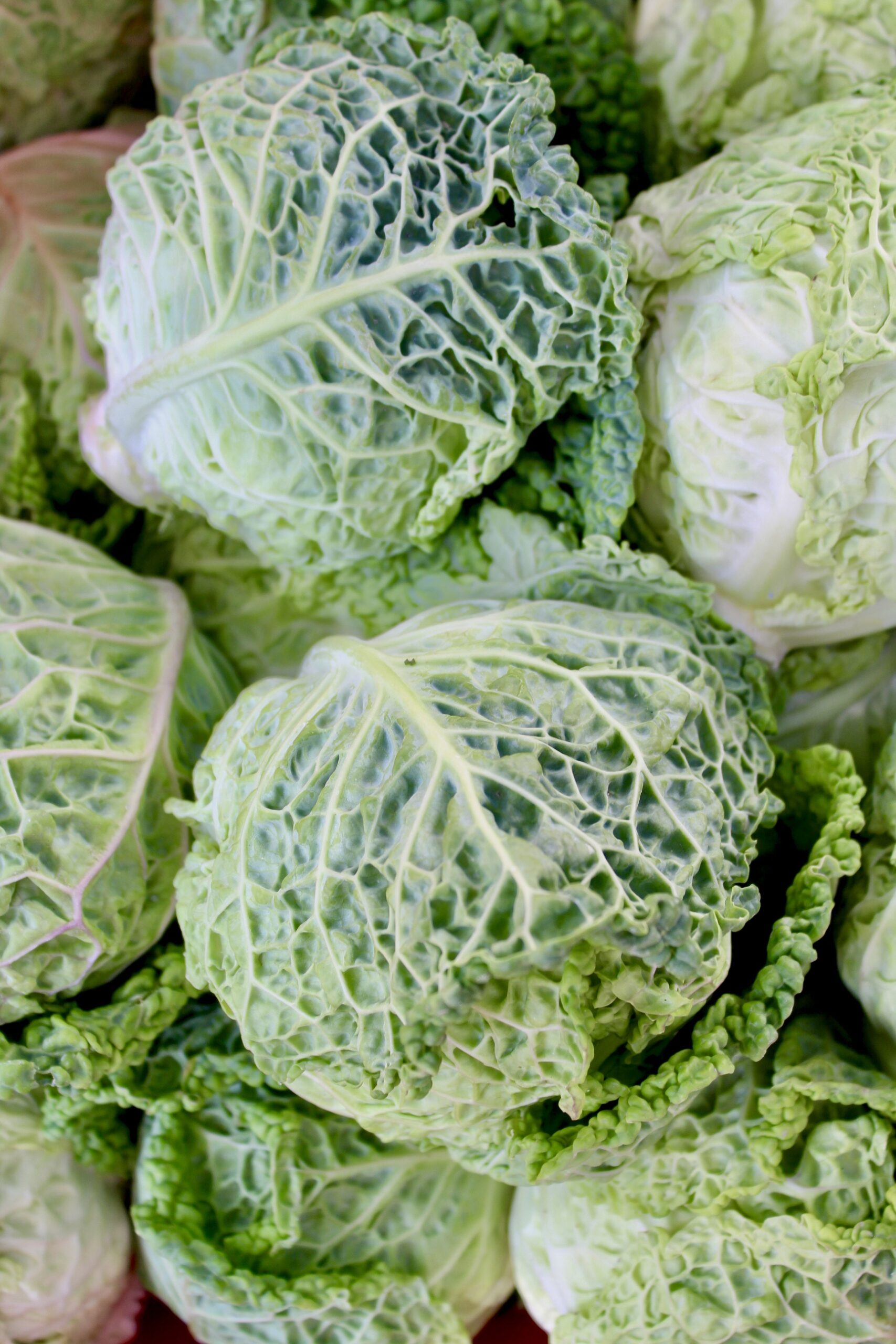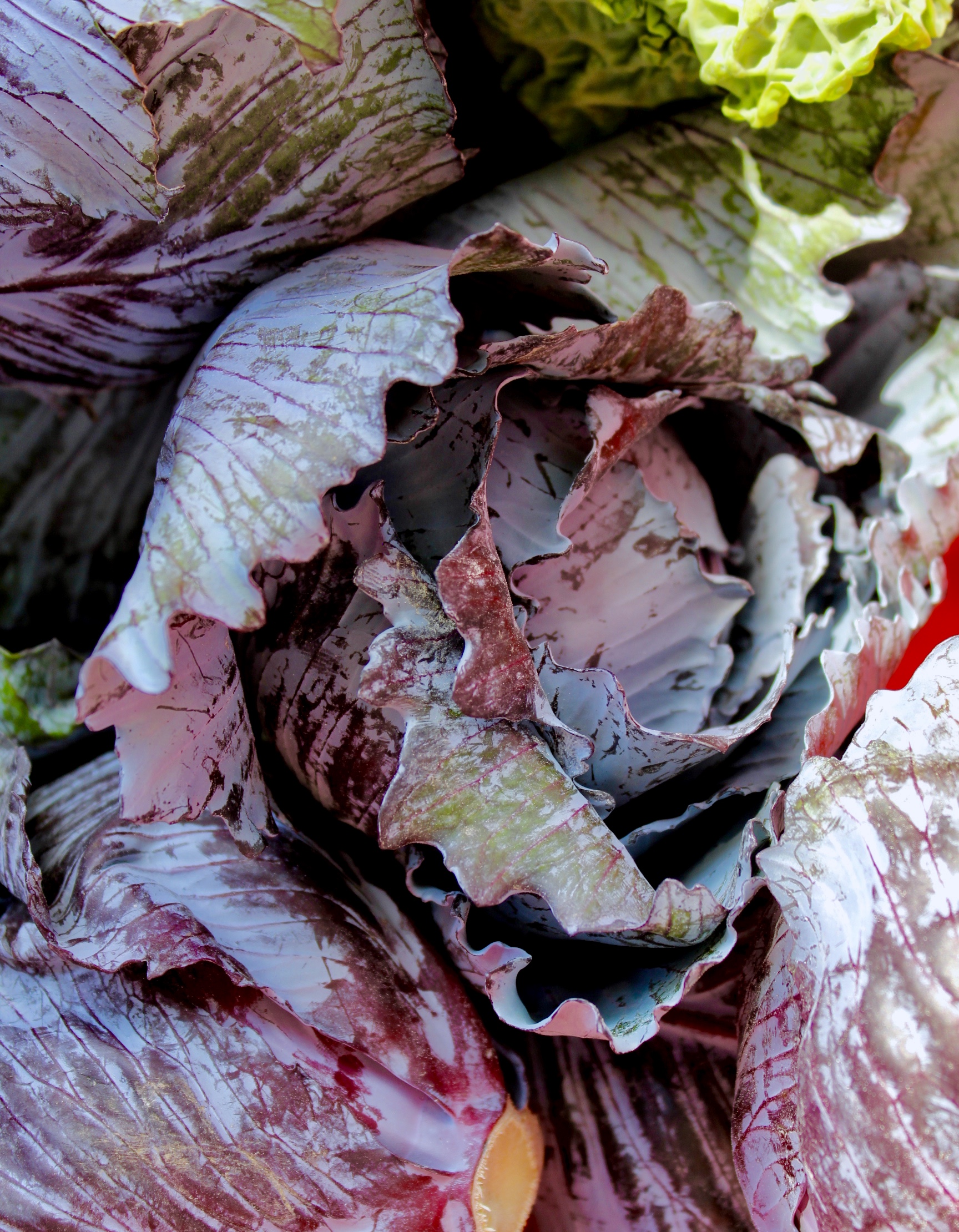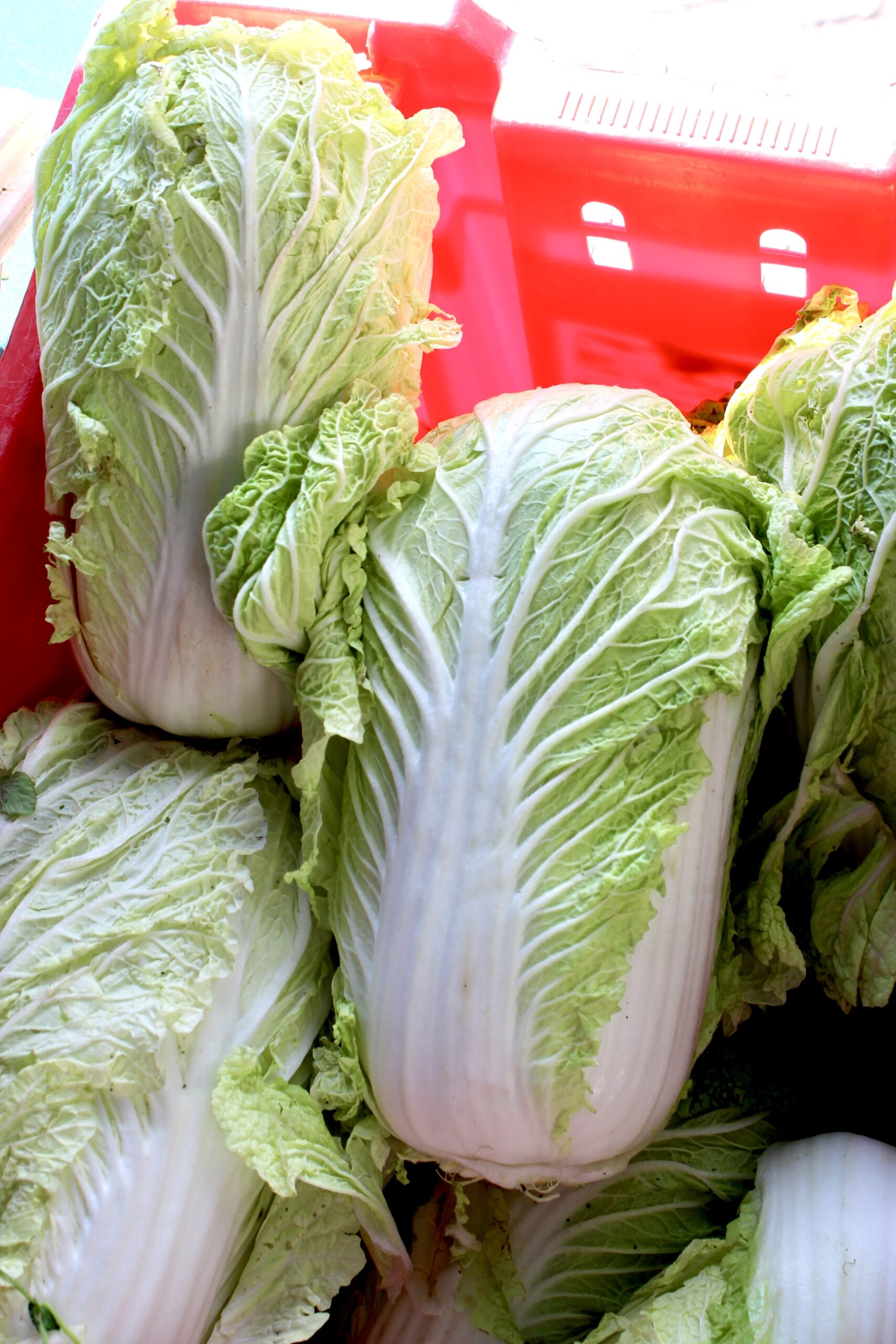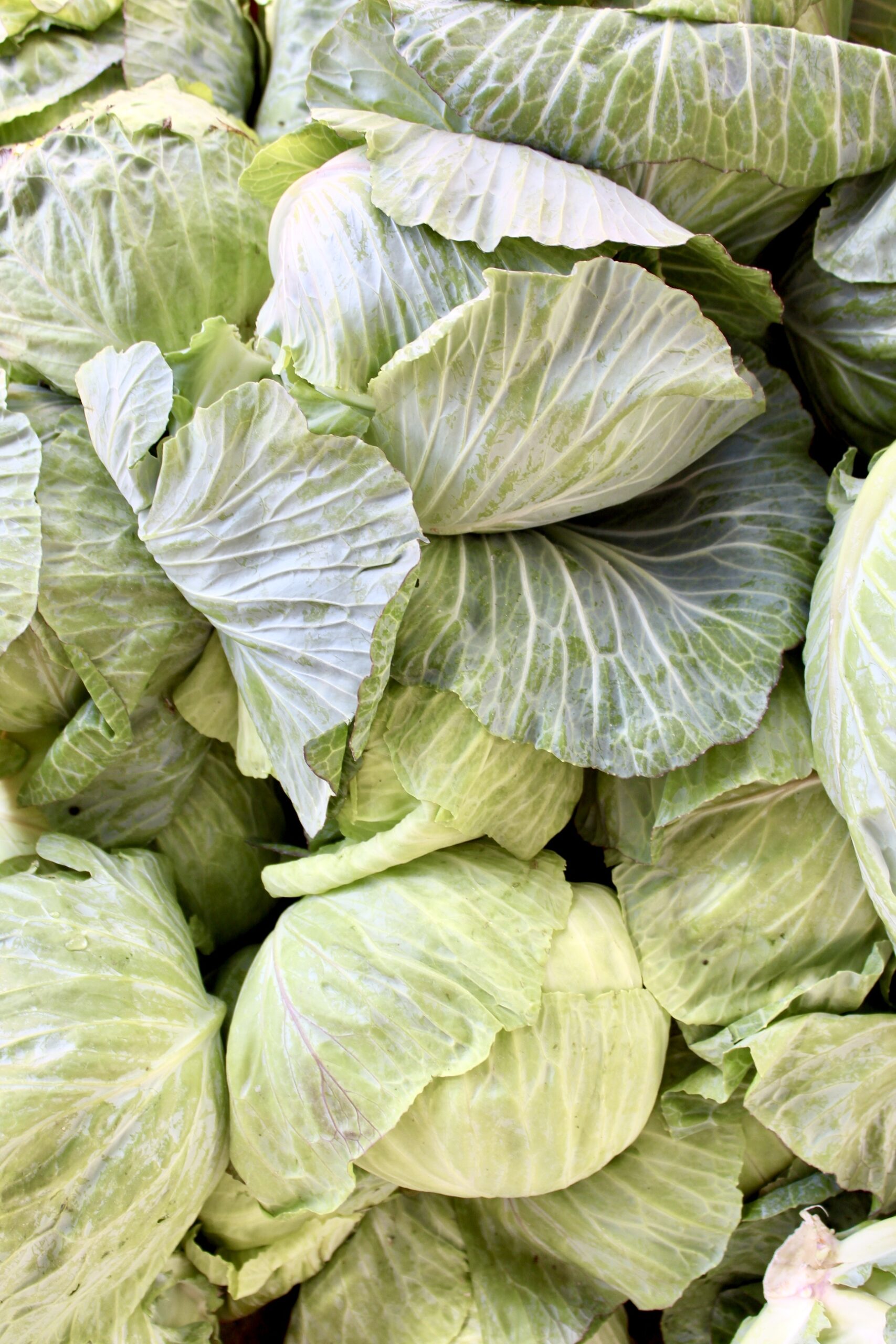Leafy Greens Series: Cabbage
August 18, 2019
Everybody knows that you have to get your greens in every day, right? But why is that, exactly? What do greens have in them that make them such “superfoods” and such “nutrient powerhouses”?
Instead of taking everyone’s word for it, it’s about time to learn for yourself exactly what nutrients they contain and why they’re important.
Here’s the bottom line: Eating a diet that’s rich in leafy greens has numerous healthy benefits, including a reduced risk of heart disease, high blood pressure, inflammation, and even some types of cancers.
That’s why we created this blog series to highlight some of the coolest and healthiest leafy greens to highlight their benefits so that we can all learn a little bit more about how our body is affected when we eat them. Join us as we educate ourselves!
Important note: The information in this blog series is not exhaustive. Not all the foods’ nutrients and health benefits are listed here, but rather just those most prominent and distinctive; the highlights of their nutritional properties. We are not nutritionists and don’t pretend to be. All information sources are listed at the bottom of the article.
Cabbage
You may not think of cabbage as a leafy green exactly, but it is a part of this group of vegetables and just like the others, it’s very nutritious.
Although we might think of cabbage as a standard humble veg, it comes in different varieties that you may not have heard of. Pictured below are Savoy cabbage, purple cabbage, Napa cabbage, and green cabbage. All are very nutritious, and red cabbage especially delivers a number of health benefits.
As a cruciferous Brassica genus vegetable, cabbage in all its varieties contains antioxidants such as sulforaphane and kaemferol, which have been linked to the anti-inflammatory effects of this amazing veggie.




Short-Term Protection Against Radiation
A compound called 3,3’-diindolymethane (DMI) fund in cabbage and other cruciferous vegetables has been shown to increase survival rate of animals exposed to deathly amount of radiation in the short-term. In one study, out of the total rats and mice injected with DMI for 2 weeks after they were exposed to radiation, over 50% of them survived the 30-day mark, whilst those not injected died. It was found that those that survived had higher counts of red and white blood cells. Thus, eating cabbage and its pretty spectacular DMI may offer short-term protection against harmful radiation by boosting your body’s productivity of red and white blood cells.
Vitamin C
Cabbage is especially high in Vitamin C (also known as absorbs acid) which is an antioxidant that not only protects against heart disease, certain cancers, and vision loss, but is also crucial for the formation of collagen. Collagen is the most abundant protein in your body as it is the main component of the connective tissue that makes up most of your body parts. It also keeps skin healthy and plump by retaining skin structure.
Fiber
Cabbage contains a good amount of insoluble fiber, which helps improve digestion by keeping the digestive system healthy and adding bulk to stools to promote regular bowel movements. It’s also rich in soluble fiber, with has been shown to increase the number of good bacteria in the gut. Fiber is the main fuel for bacteria species such as Bifidobacteria and Lactobacilli, which help protect the immune system and produce essential nutrients like vitamins K2 and B12.
Red Cabbage and Anthocyanins
Red cabbage in particular contains powerful compounds called anthocyanins, which is what give it its rich purple color. These are plant pigments that belong to the flavonoid family and studies have shown links between them and a reduced risk of heart disease. Cabbage contains more than 36 kinds of anthocyanins! They have also been shown to reduce blood pressure and coronary artery disease, suppress inflammation, and even help protect against cancer. Red cabbage is also a great source of potassium (12% of the recommended daily amount in a 2 cup serving), which is instrumental in lowering blood pressure and helping to maintain it at a healthy range.
How to Use Cabbage
The great thing about cabbage is that its leaves are thick, so they are able to hold higher temperatures than most other leafy greens which wilt immediately when they come into contact with heat. Cabbage leaves retain their texture and are good at soaking up flavor. This is why cabbage is often fermented, such as in kimchi or sauerkraut, and used together with paste because you can flavor it however you want!
Try roasting cabbage in the oven to caramelize the sugars in it for a delicious addition to a dish, or as the main star of a dish (this is actually one of our favorite ways to cook it!). You can also braise it, which means you sear it first, then cook it in wine or stock in the oven slowly, covered.
You could also grill it, sauté it, or slice it very thinly to add to a salad or even use as a garnish for something. A good tip is to soak the sliced leaves in cold water to maintain their crisp freshness. Essentially, you can use all the different methods to cook cabbage because it is so versatile and tolerant to heat.
What’s your favorite way to cook cabbage? Let us know in the comments below. Enjoy!
Sources: healthline.com, medicalnewstoday.com
be the first to comment